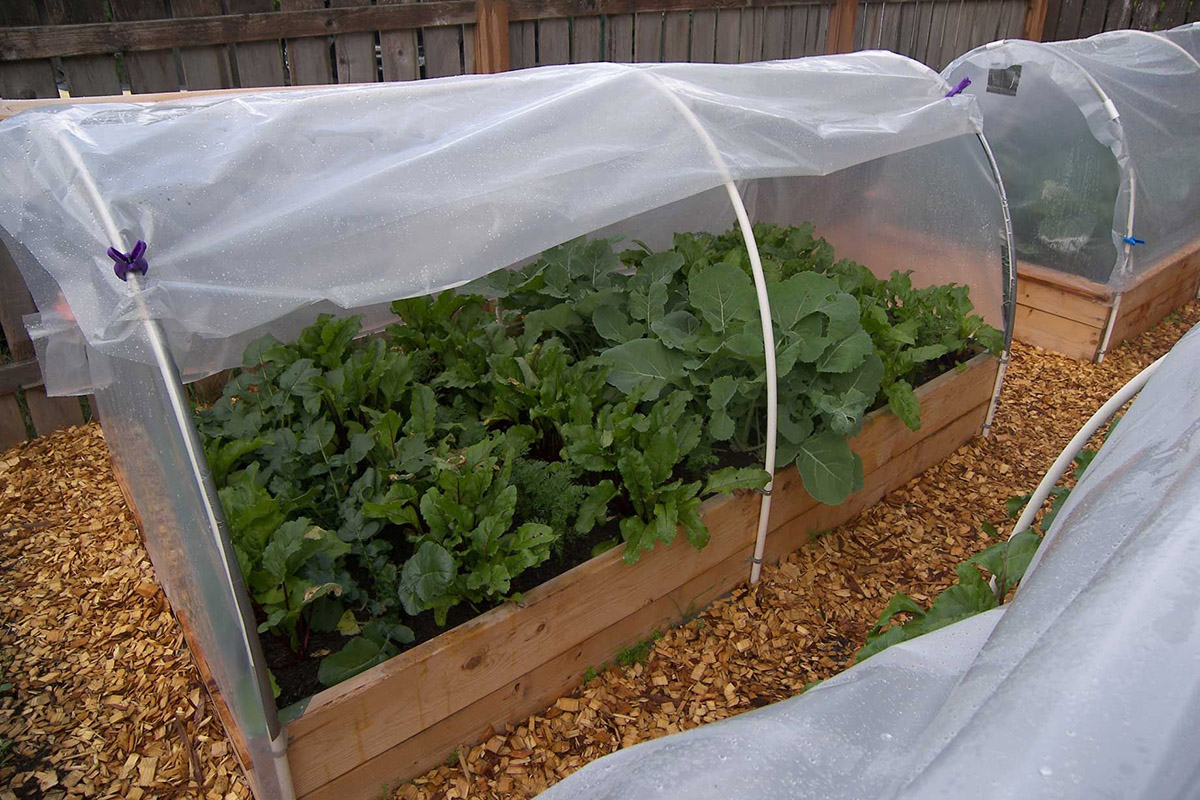
Gardening in cold conditions requires careful preparation and safeguarding strategies to maintain your plants’ well-being. Below is an in-depth guide to effectively protect your plants from frost’s impact across the varied climates of British Columbia:
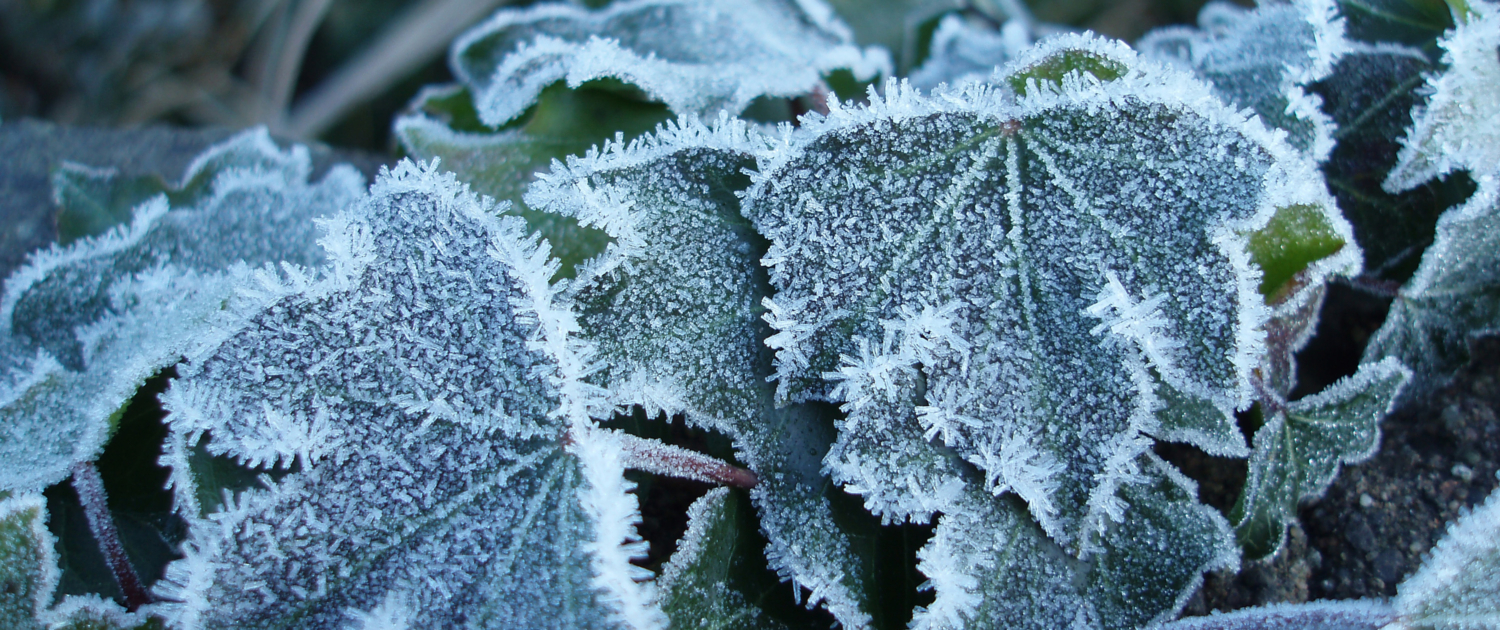
Observe the Weather
Observe the Weather
Keep track of weather forecasts, especially for frost warnings, by monitoring temperature predictions closely. In British Columbia, frost tends to occur on clear, still nights. Preparing in advance helps you anticipate frost occurrences and implement protective measures promptly. Utilize weather predictions to pinpoint which plants are most at risk, concentrating your protective efforts on these more susceptible varieties.
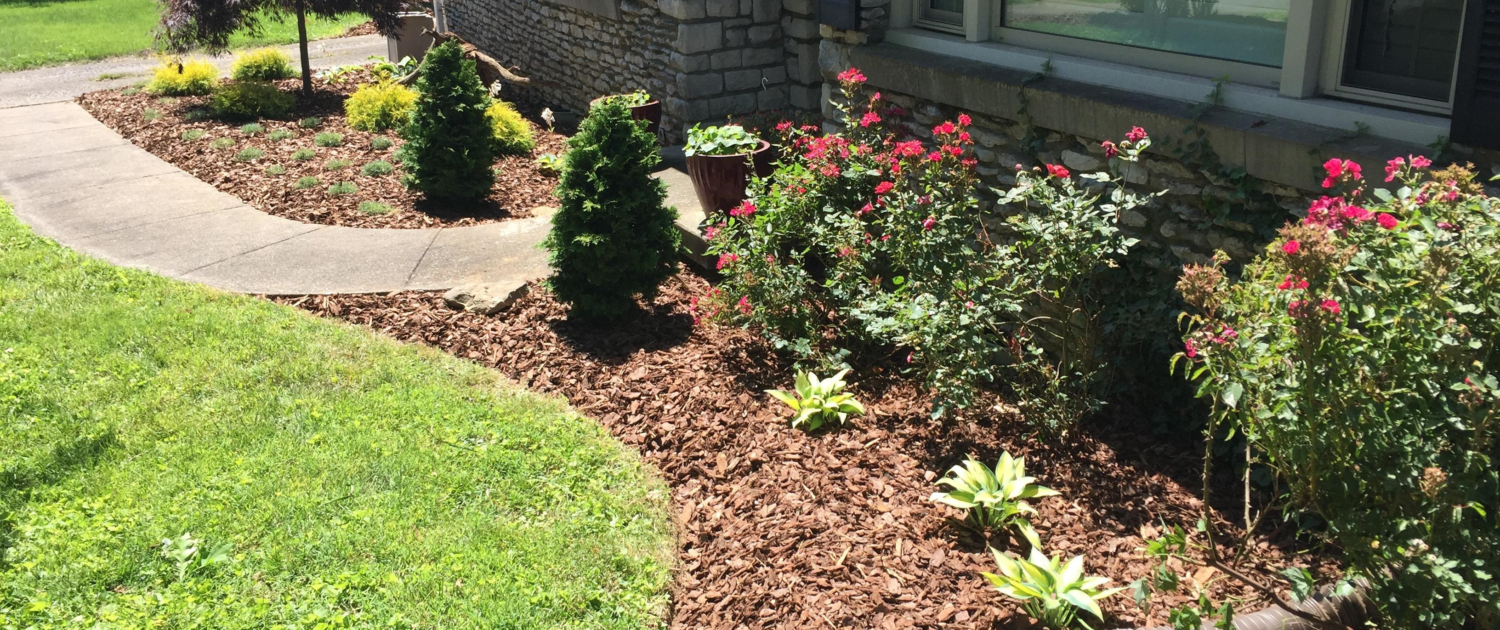
Incorporate Mulch and Adequate Hydration
Incorporate Mulch and Adequate Hydration
Layer your plants’ base generously with organic mulch, like straw or compost, to function as a thermal blanket, stabilizing soil temperatures and protecting the roots. Water your plants thoroughly before the frost hits, as well-hydrated soil holds warmth better, offering extra defense to the roots.
Incorporating mulching and adequate hydration into your gardening or agricultural routine is vital for maintaining soil vitality, conserving moisture, guarding against diseases, and supporting the overall health of your plants. These practices are fundamental components of effective plant care and cultivation.
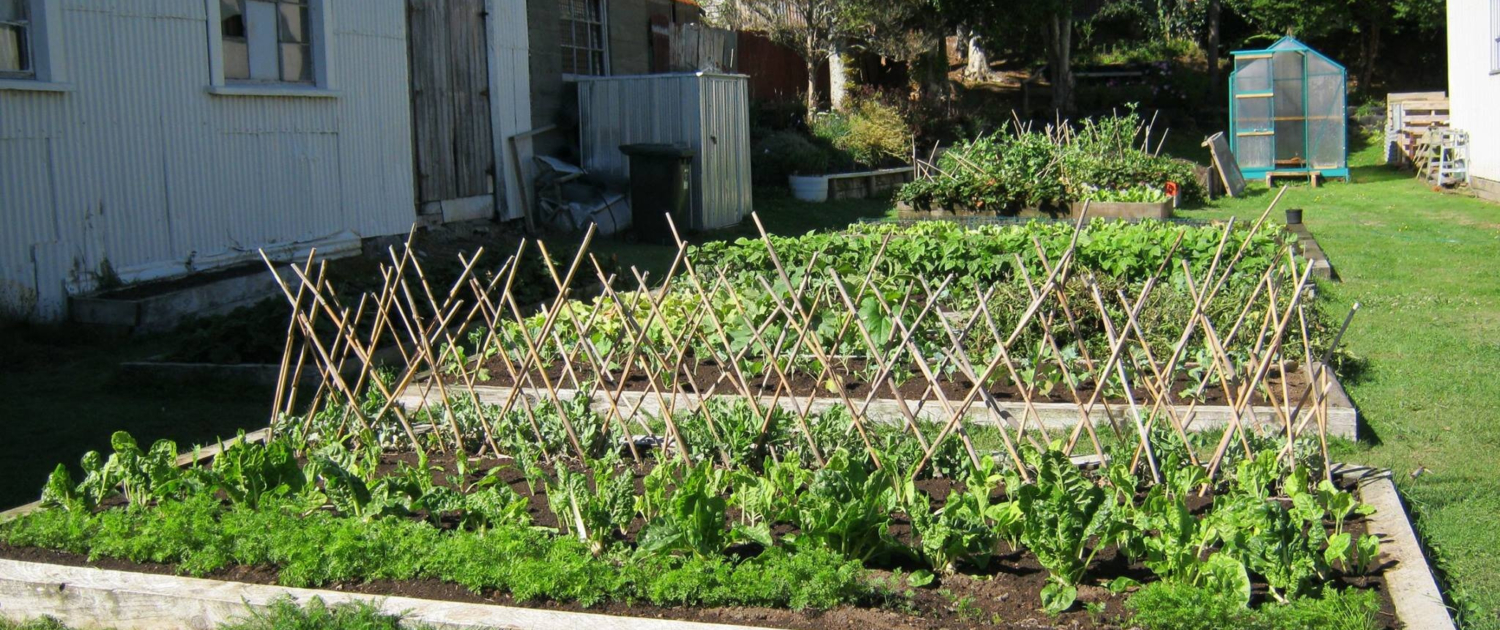
Shelters and Wind Barriers
Shelters and Wind Barriers
Before sunset, shield sensitive plants by draping them with frost cloths or repurposed blankets, using plastic only as a last resort to prevent damaging condensation buildup. Fasten the coverings firmly to the soil to trap warmth and block cold breezes. Additionally, explore water-centric protective measures, like watering your plants deeply in the late afternoon; the warmth emitted during the freezing process can safeguard plant cells against the harsh cold.
Ensuring your plants are well-protected is crucial for their well-being, growth, and yield. By defending them from diverse environmental hazards, you can foster a vibrant and productive garden.

Use Portable Heaters or Incandescent Lights
Utilize Mobile Heaters or Incandescent Bulbs
For compact garden spaces or container plants, consider deploying portable heating devices or strands of incandescent lights close to the vegetation, taking care to avoid direct contact with leaves. These methods deliver targeted warmth essential for plant health during colder periods.
Portable heating units and incandescent lighting play crucial roles in enhancing comfort, providing emergency lighting, improving energy use, and elevating the ambiance and functionality of living and work environments.
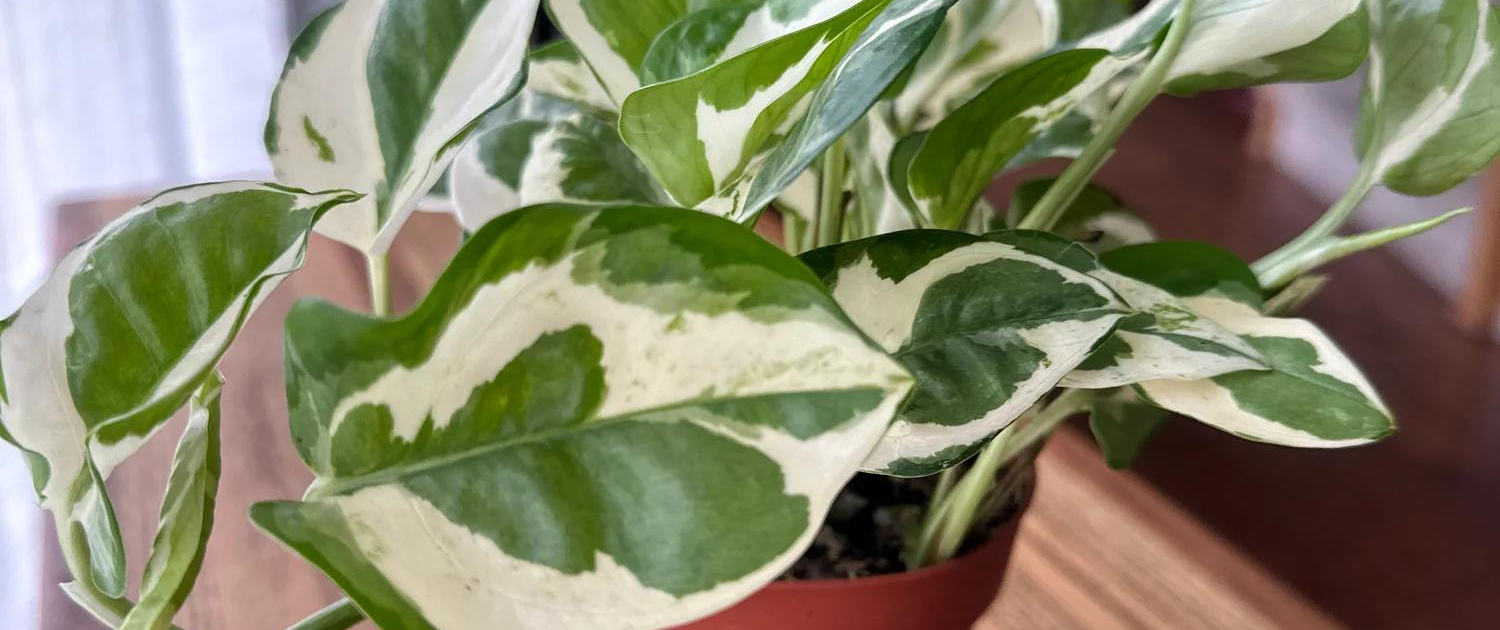
Remove Covers in the Morning
Remove Covers in the Morning
Uncover your plants in the morning as soon as the sun starts to warm the air and temperatures increase. Keeping plants covered for too long can lead to excess moisture, which could cause diseases. Removing covers in the morning is essential for the plants to get sunlight, adjust to the ambient temperature, avoid overheating, manage moisture, deter pests, and sustain their natural growth cycle.
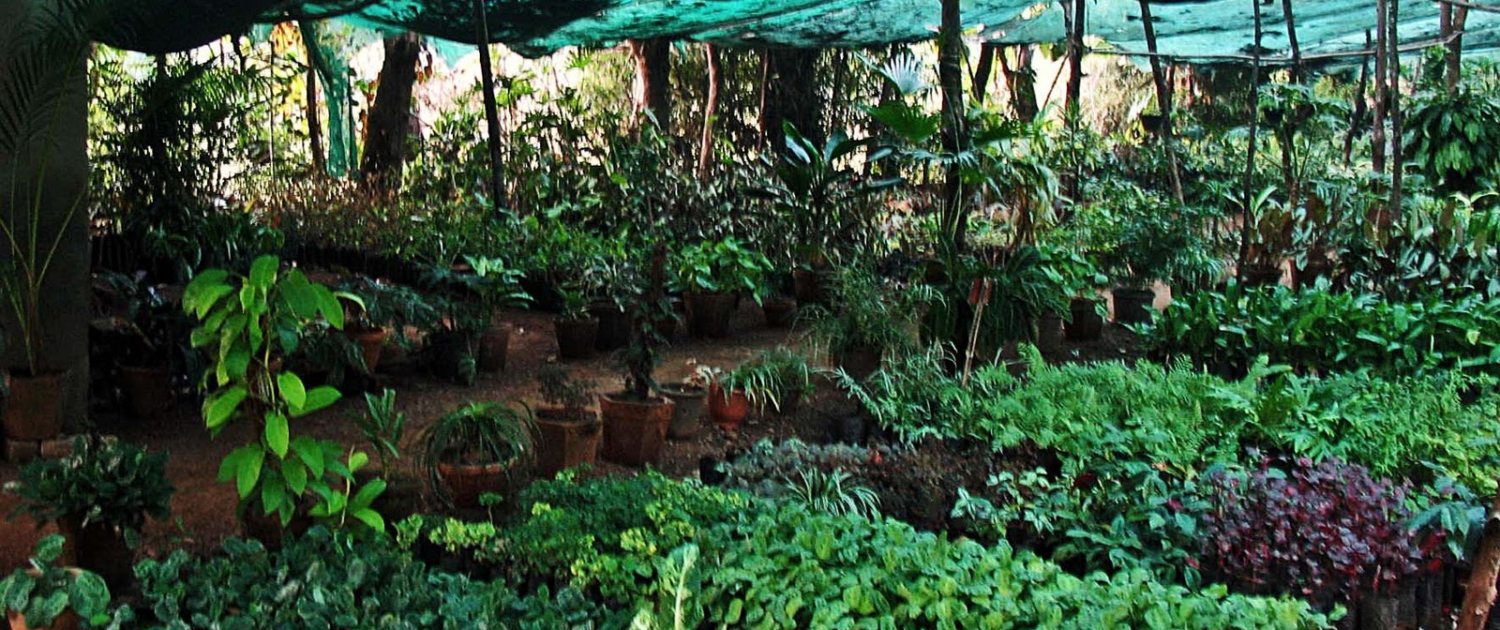
Sustainable Strategies
Sustainable Strategies
Embrace enduring, sustainable approaches by positioning frost-sensitive plants in protected spots, cultivating microclimates, or utilizing greenhouse gardening for vulnerable species and precious harvests. Adopting these strategies is key to building a robust and flourishing garden, offering stability, resilience, and advantageous impacts for the well-being of individuals, communities, and the broader ecosystem in British Columbia.


